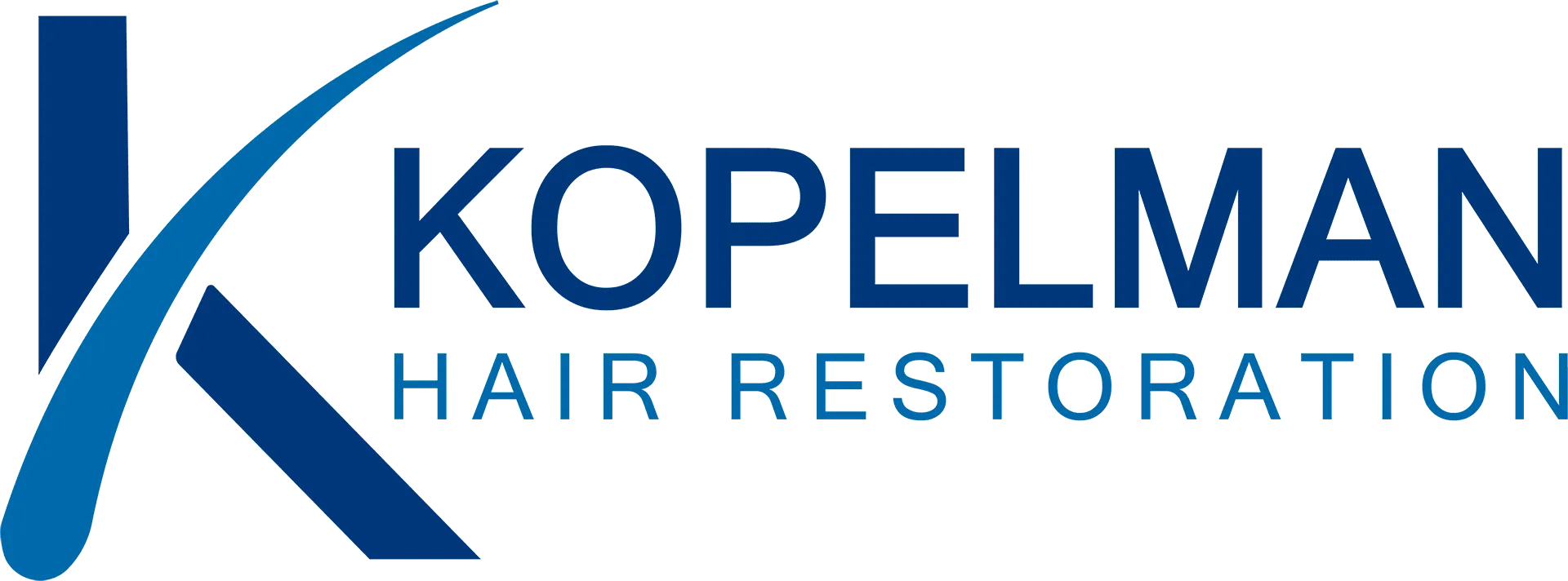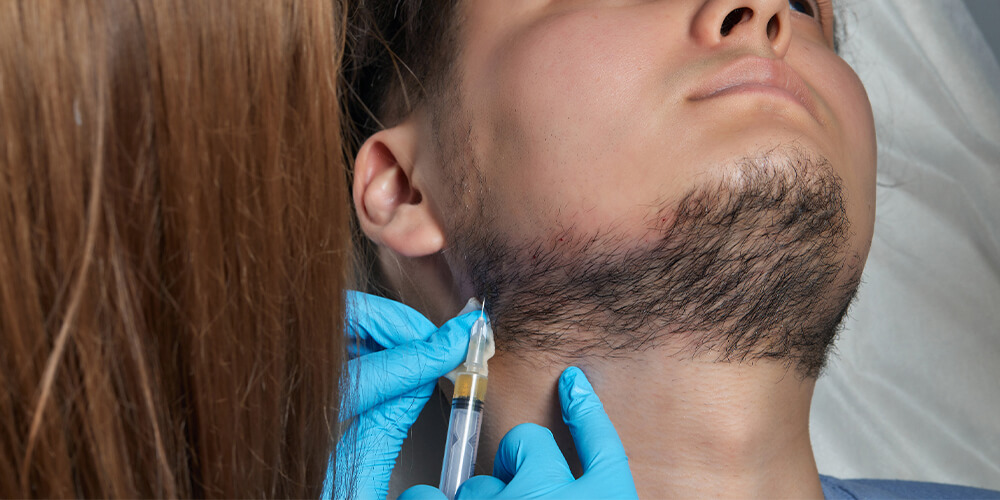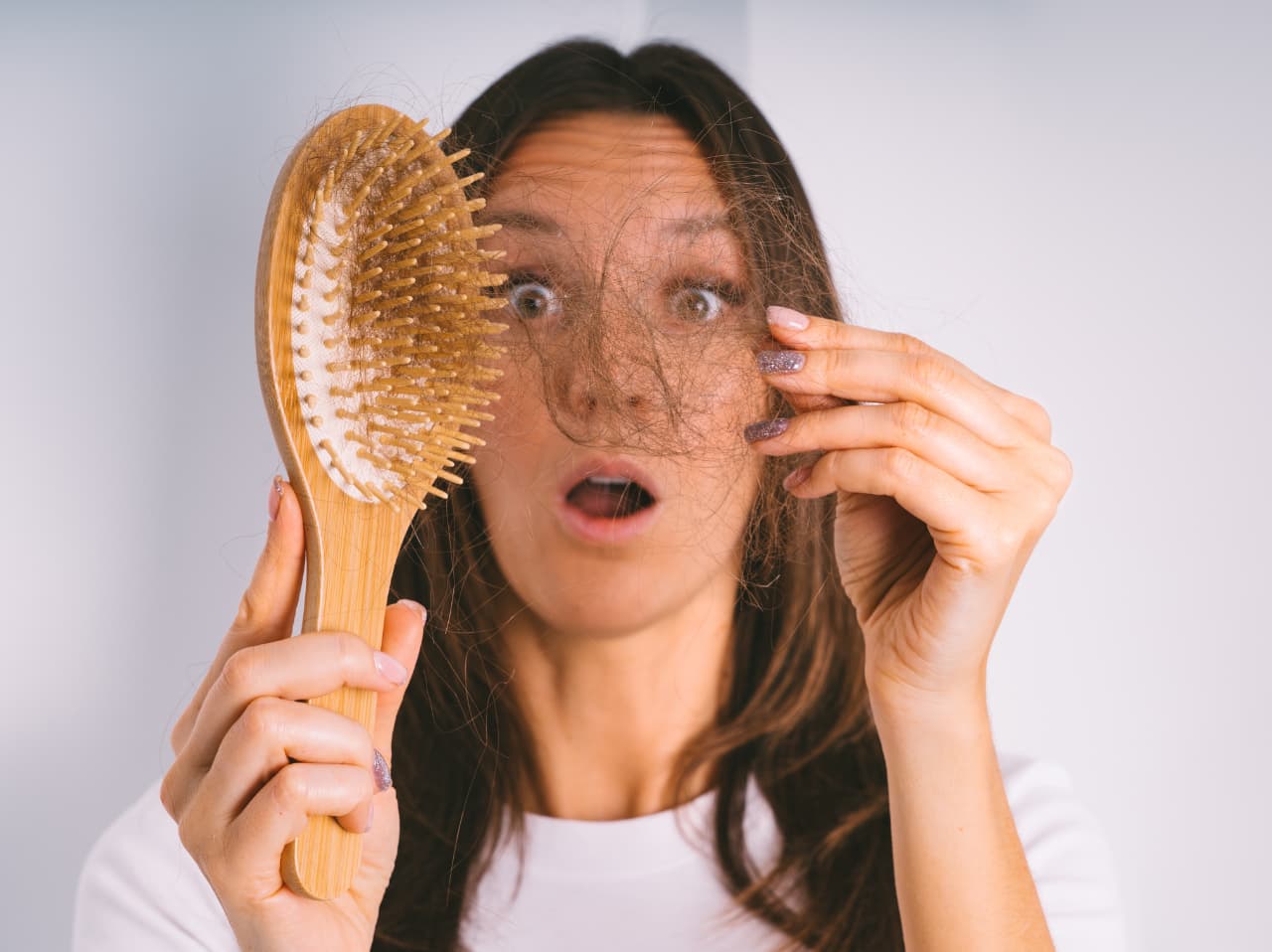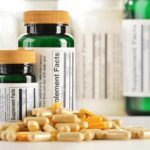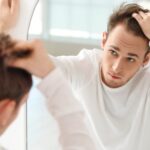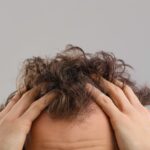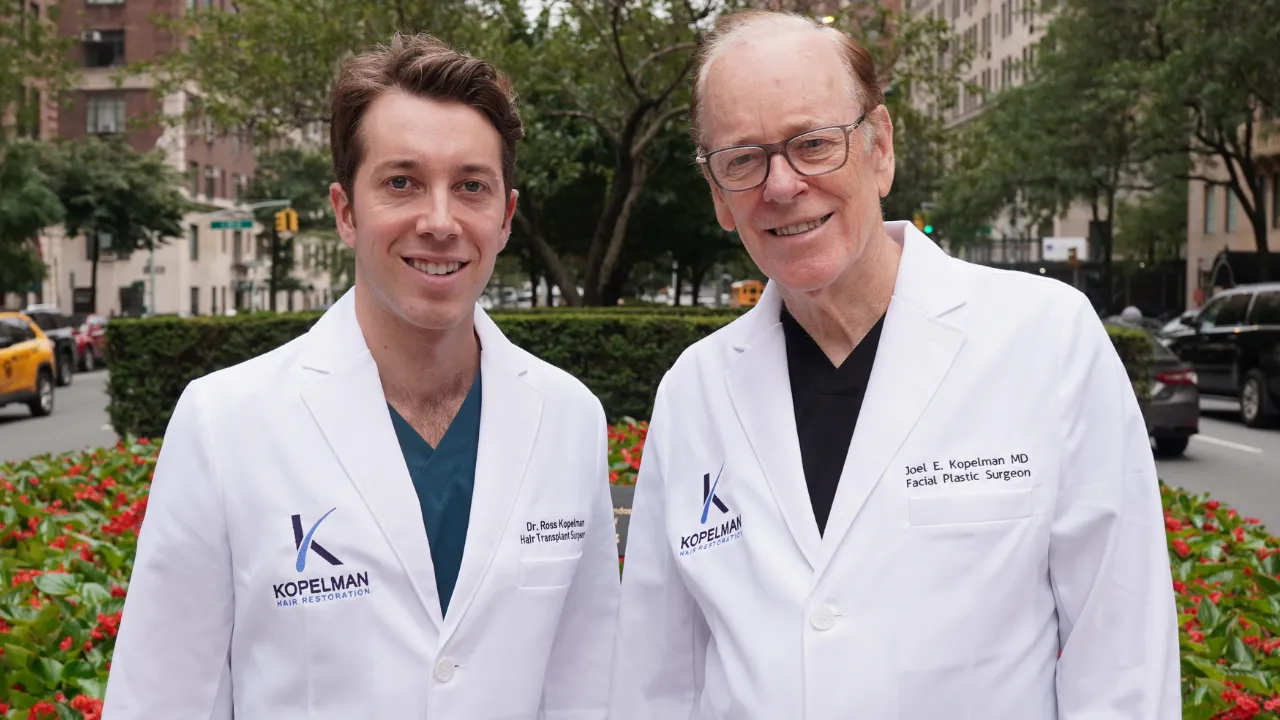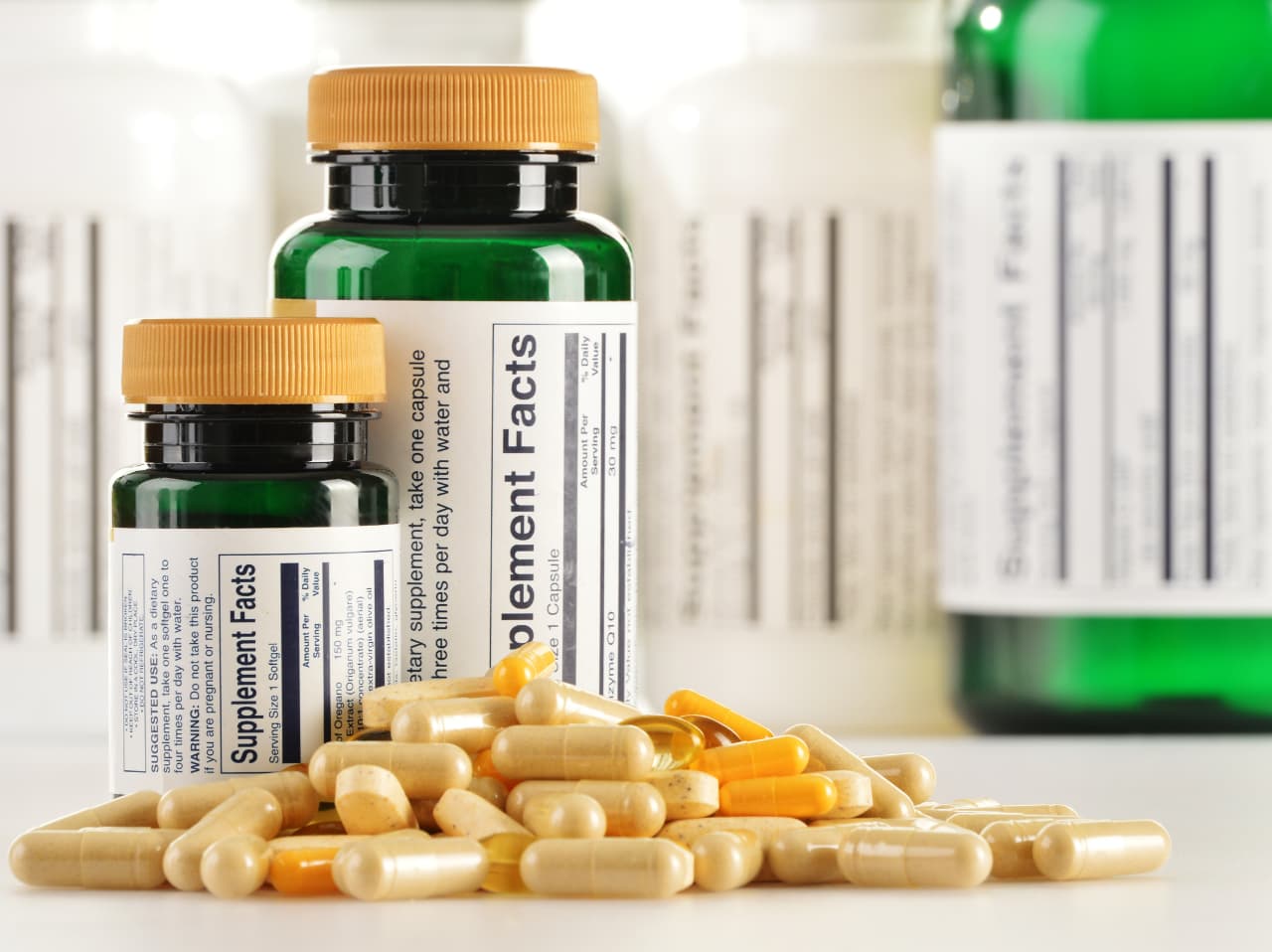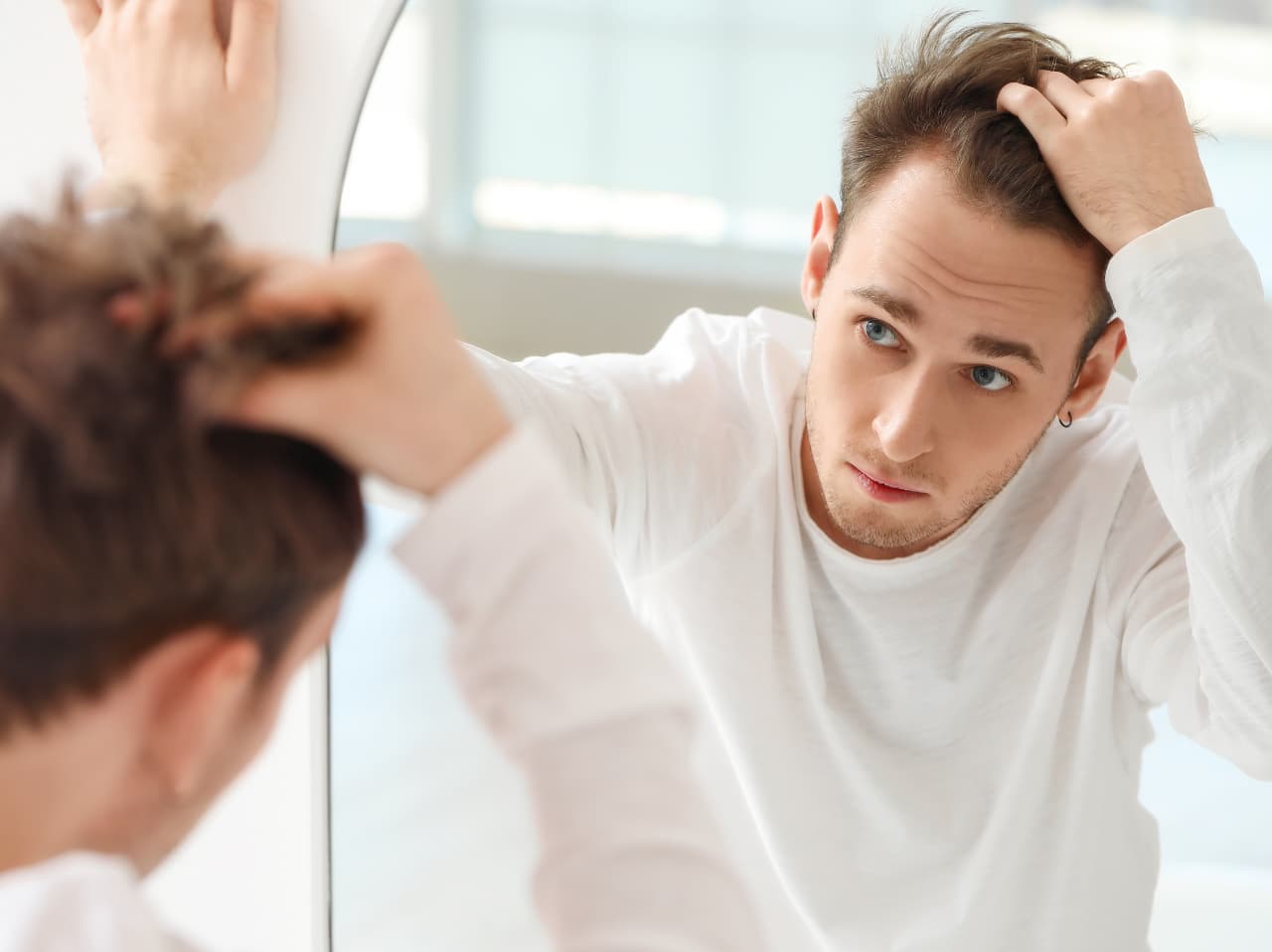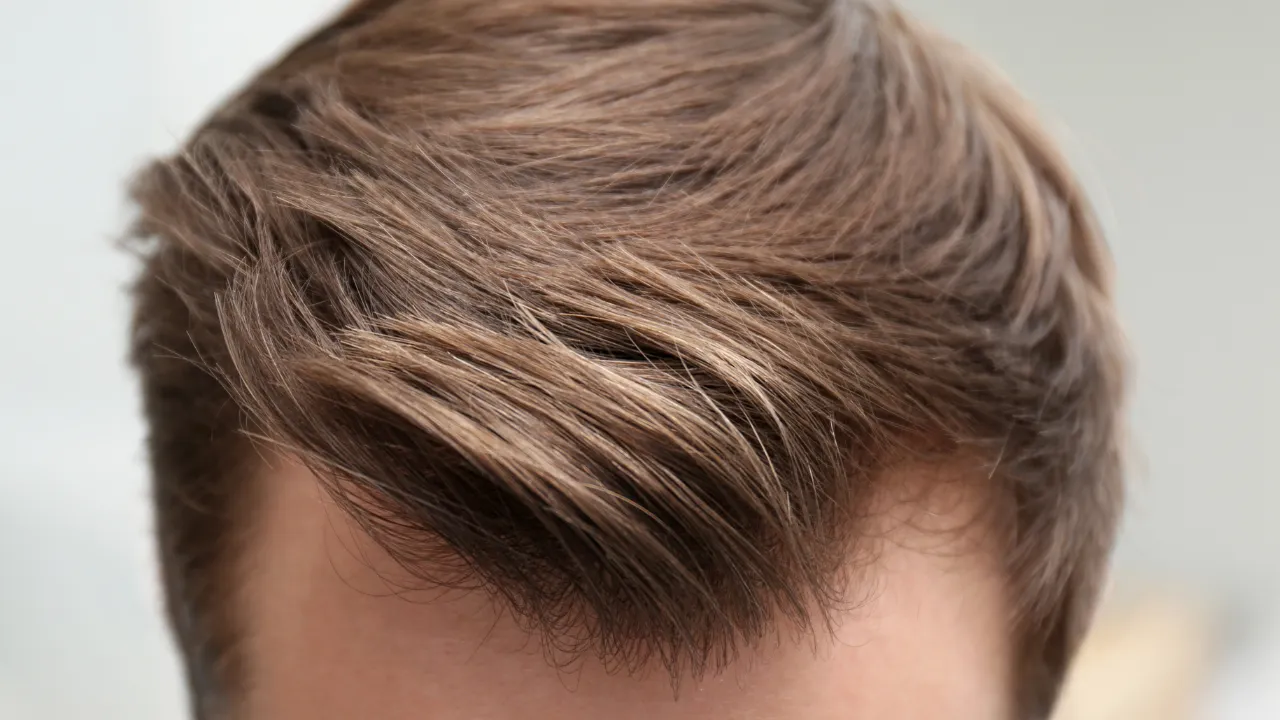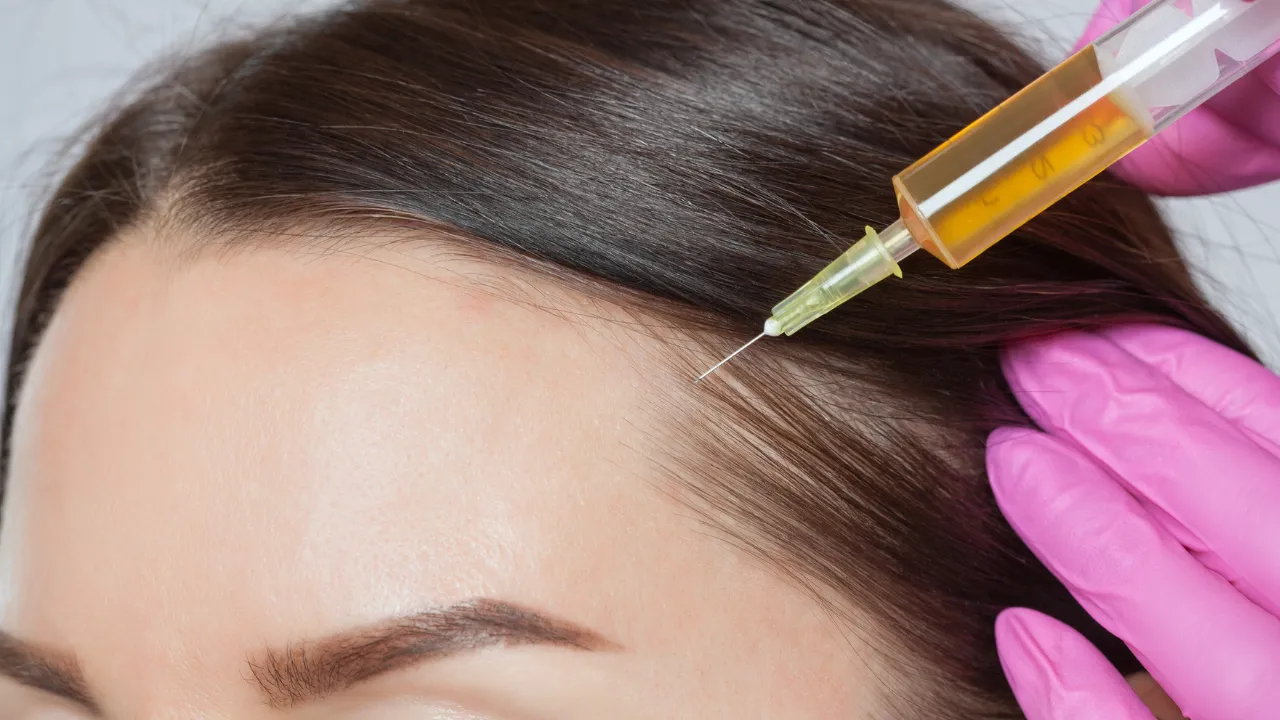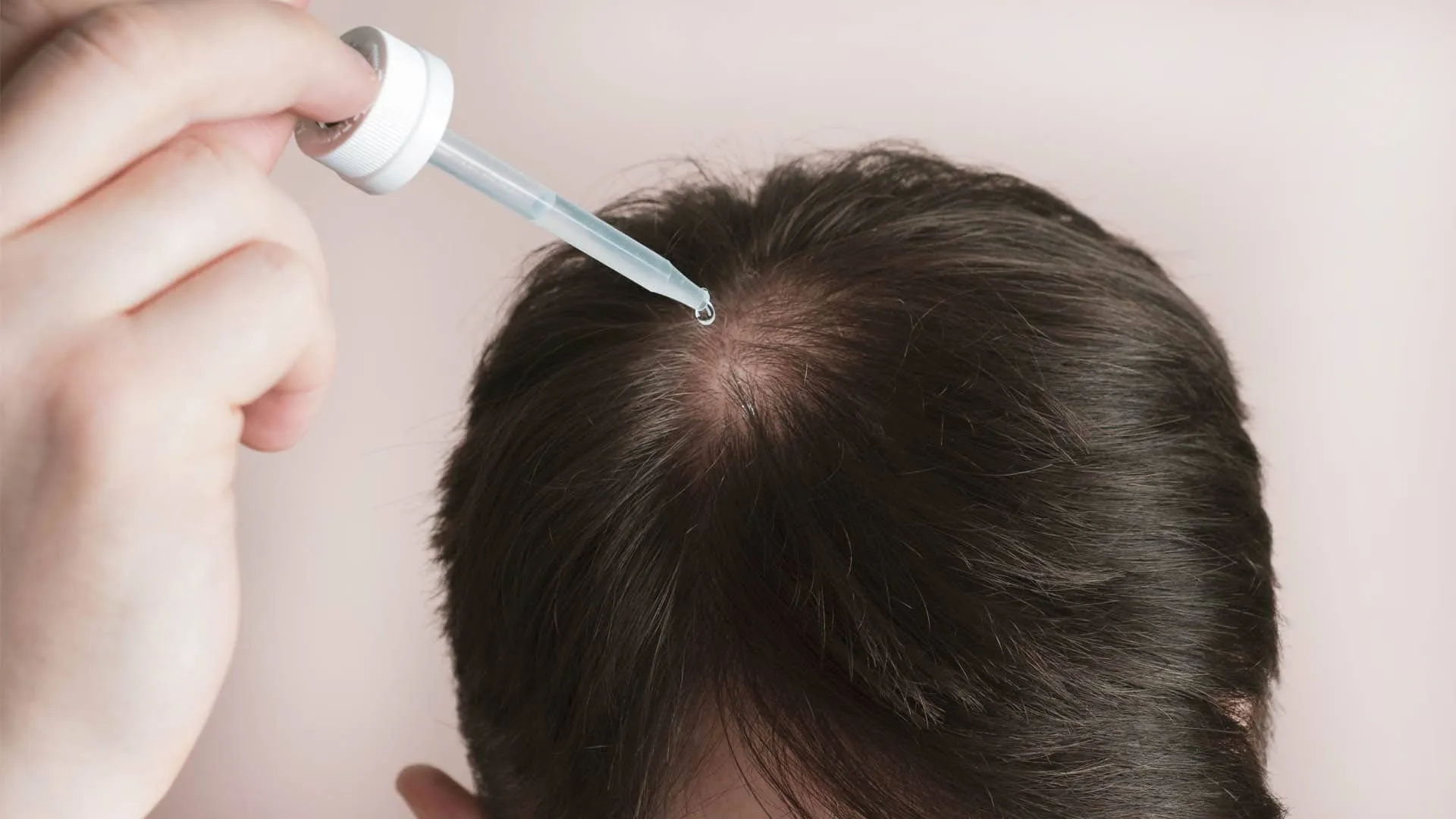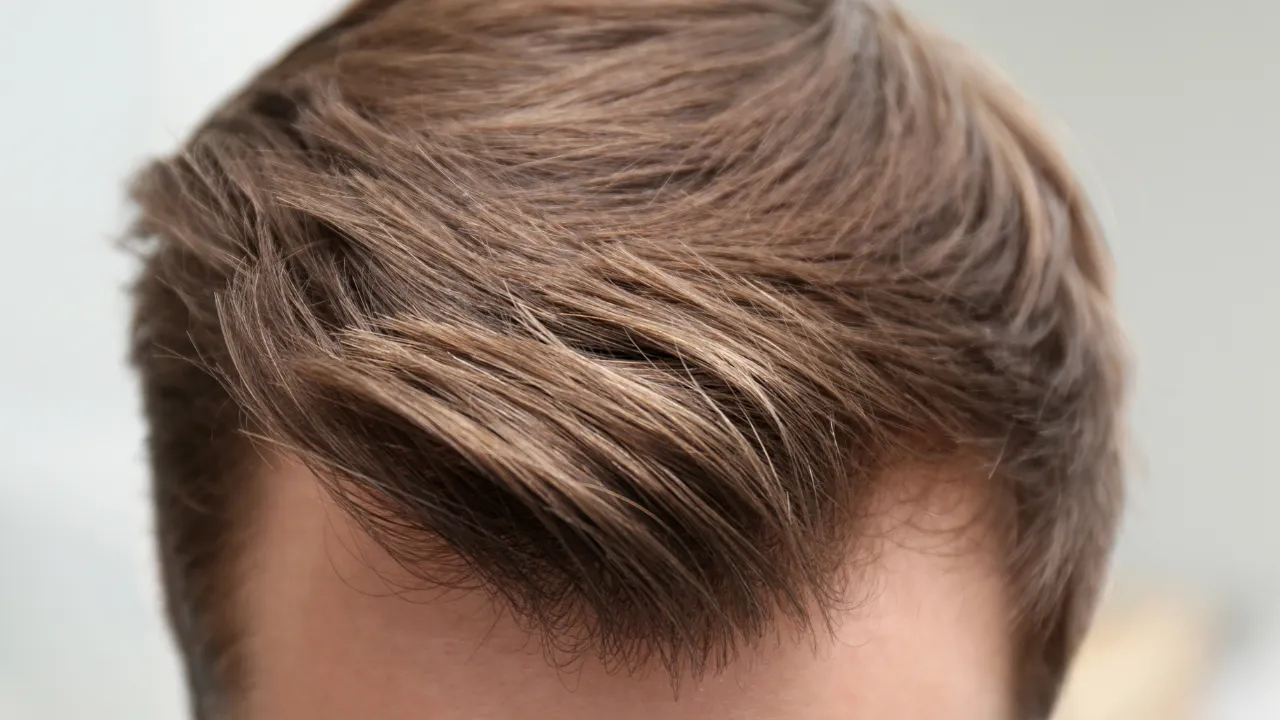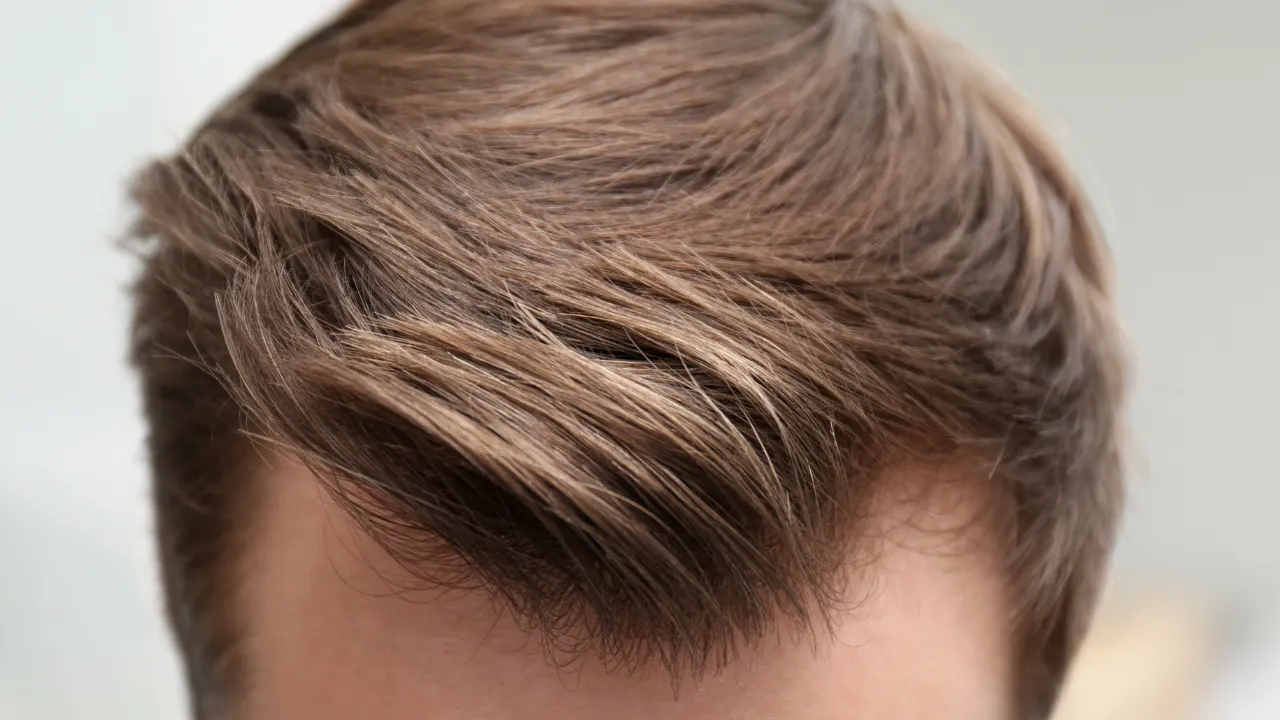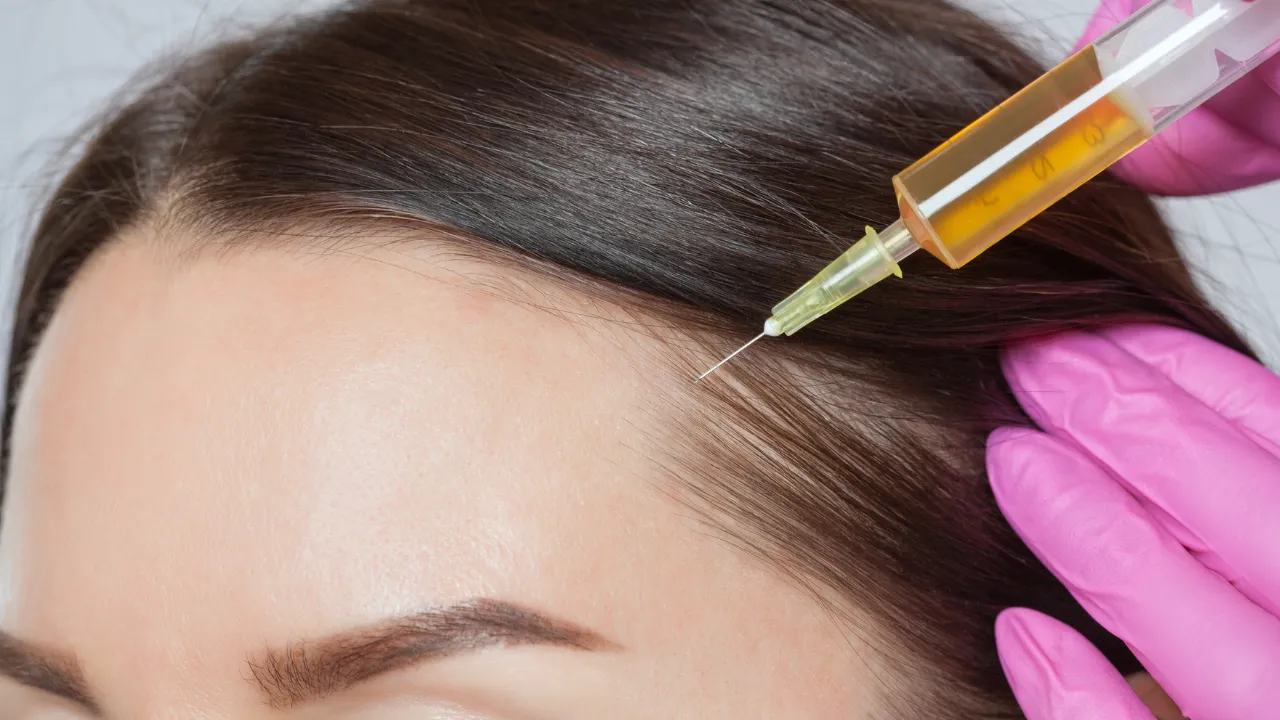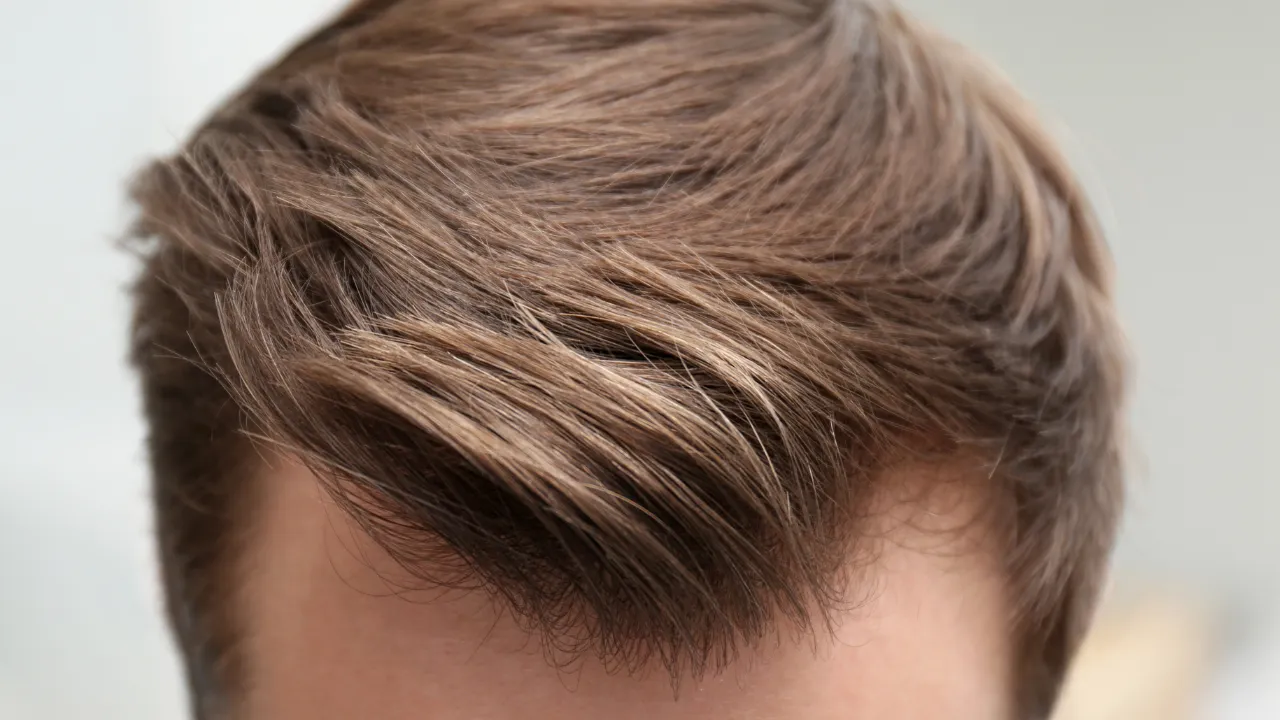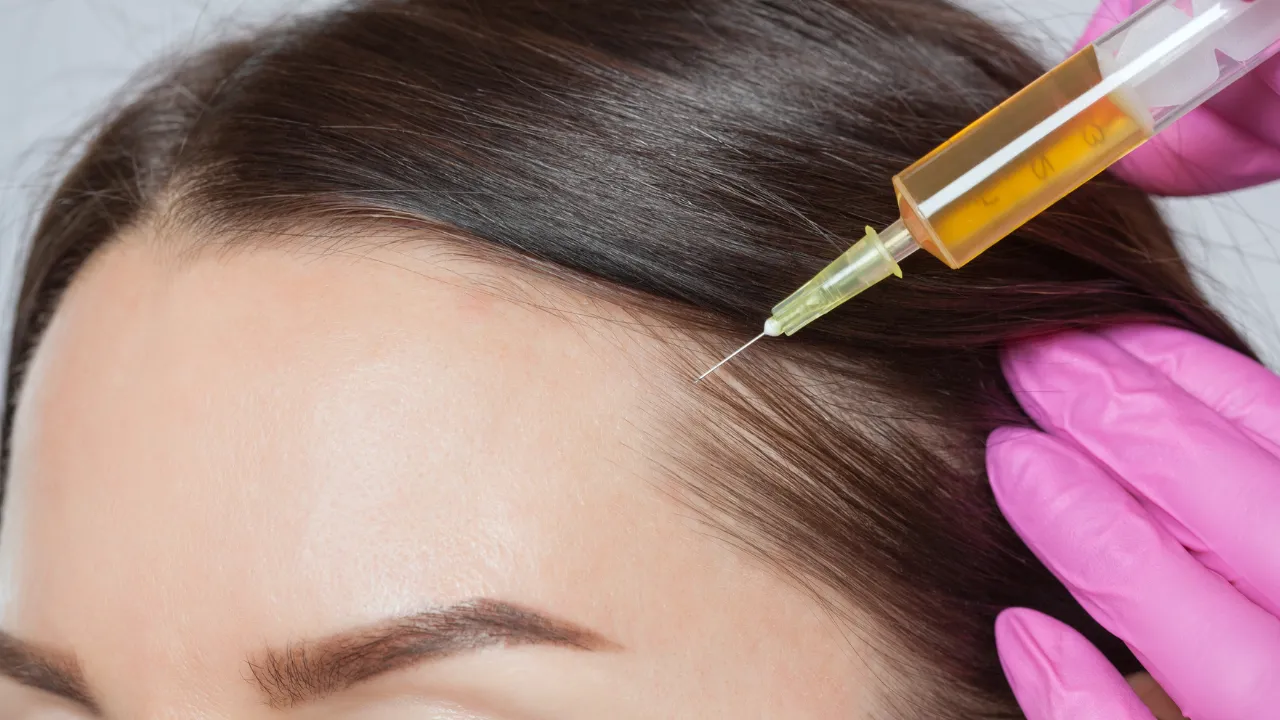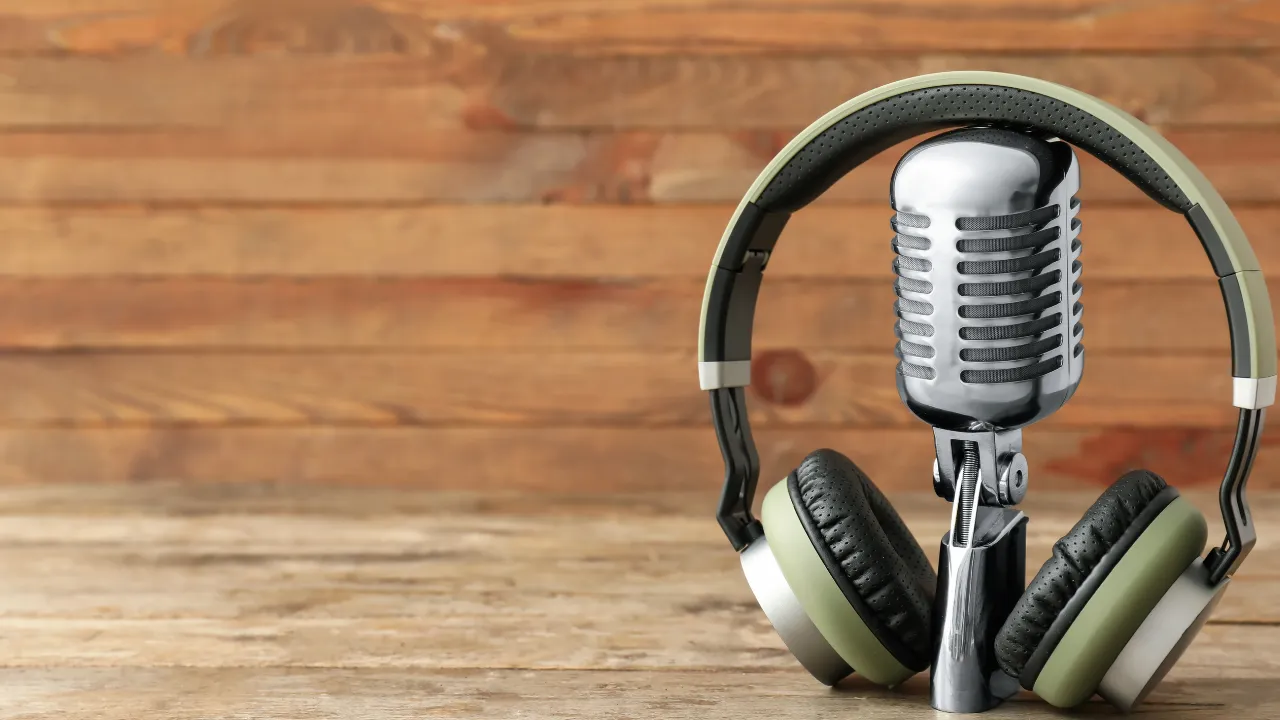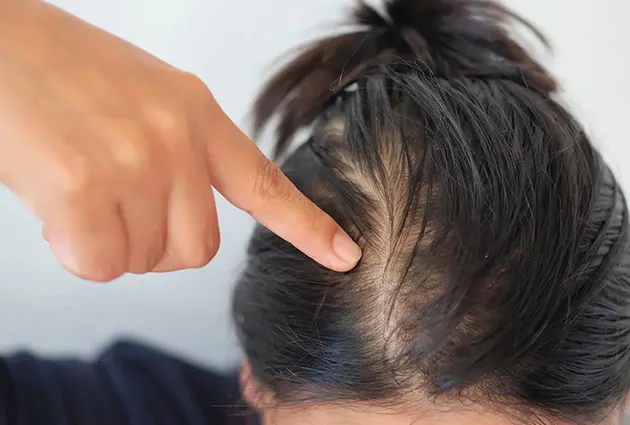Table of Contents
ToggleAt Kopelman Hair Restoration in NYC, we help patients restore facial hair using advanced methods, such as PRP shots for beard growth. This guide explains what you can expect from the treatment, including how it works, who it’s for, and real PRP before-and-after results.
How PRP Injections Help Beard Growth
What Is Platelet-Rich Plasma (PRP)?
Platelet-rich plasma (PRP) is a concentration of platelets taken from your own blood. These platelets are rich in growth factors that help repair tissue and support regeneration. In hair restoration, PRP is injected into the skin to stimulate hair growth in targeted areas.
How Do PRP Injections Work?
PRP therapy starts with a blood draw. The blood is processed to extract the PRP, which is then injected into the beard area. This triggers your body’s natural healing response, improving blood supply and activating dormant hair follicles. Over time, this helps grow thicker and stronger facial hair in the treated area. Some people experience mild discomfort during the injections. If you want a detailed breakdown of what the procedure feels like, you can read is PRP painful for a full pain-experience guide.
Beard Growth Injection Name Explained
In most clinics, this procedure is referred to as PRP therapy for the beard or rich plasma PRP therapy. It is a non-surgical procedure that uses your own blood, reducing the risk of adverse reactions at the injection site.
Does PRP Work for Beard Growth?
What the Research Says
Studies show that PRP can support hair regrowth by increasing follicle density and reducing miniaturization. While most research focuses on scalp treatments, similar results are achieved when these treatments are applied to facial hair, particularly in areas affected by alopecia areata or uneven beard growth.
Does PRP Regrow Hair Permanently?
PRP results are long-lasting but not permanent. While some patients see growth that lasts for years, maintenance treatments are often recommended to preserve results. These may be spaced every 4–6 month,s depending on your hair type and goals.
Is PRP Safe for Beard Growth?
Yes, PRP is considered safe when performed by trained professionals, such as those at Kopelman Hair. Because it uses your own blood, there’s minimal risk. Some patients may experience mild soreness or swelling at the injection site, but this typically resolves quickly.
Some men experience beard thinning due to autoimmune conditions such as alopecia barbae, which may also benefit from PRP and other medical treatments.
PRP Beard Growth Progress and Visual Results
Real Patient Photos and Progress
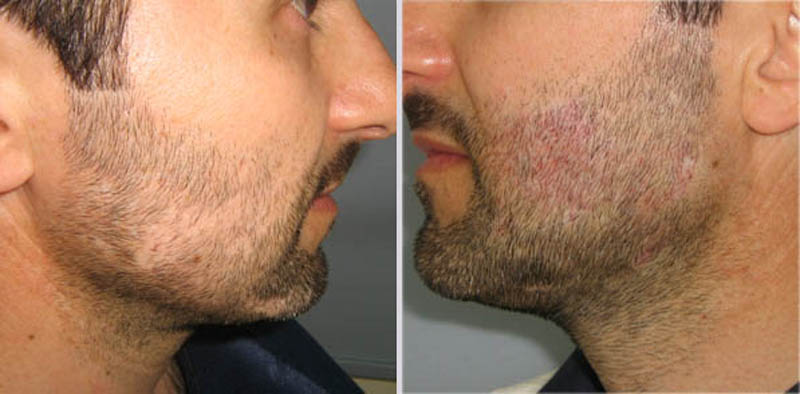
Before-and-after images show clear improvements in beard thickness and coverage. Many patients see visible changes within 2–3 months, especially in the targeted area where the PRP was injected.
Timeline of Growth by Session
- Weeks 1–4: Initial healing, mild shedding in some cases
- Months 2–3: New hair begins to sprout
- Months 4–6: Noticeable thickness and density
- Month 6+: Peak results; full evaluation and plan for maintenance treatments
PRP Treatment Process and Expectations
Who Is a Good Candidate?
Ideal candidates for PRP include men with patchy beards, early-stage hair thinning, or beard loss from alopecia areata. It’s also suitable for those seeking a full, healthy beard without opting for a hair transplant.
How Many PRP Sessions Are Needed?
Most patients need 3–4 initial sessions spaced 3–4 weeks apart. Follow-up sessions every few months help maintain results and stimulate new growth in the beard area.
Is There Downtime or Discomfort After PRP?
There is no major downtime. You may feel mild discomfort, redness, or swelling around the injection site, but these symptoms typically subside within 24–48 hours.
Aftercare Tips for Better Results
- Avoid touching or washing the treated area for 12 hours
- Stay hydrated and follow your post-treatment instructions
- Avoid smoking or alcohol for 24 hours post-procedure
- Don’t use topical products on the beard area for at least one day
Learn more about PRP Aftercare: What Can You Not Do After PRP Injections?.
PRP vs. Other Beard Growth Options
PRP vs. Minoxidil, Transplants, and Injections
PRP is non-hormonal, unlike minoxidil or synthetic treatments. It also avoids the invasiveness of hair transplant surgery. Compared to hormone therapy or other injections, PRP has fewer side effects and a more natural outcome.
Pros and Cons of Each Beard Growth Method
1. PRP (Platelet-Rich Plasma)
Pros:
- Uses your own blood, natural and low-risk
- Effective for early-stage hair thinning
- Stimulates growth without hormones or surgery
Cons:
- Requires multiple sessions
- Results are gradual and may need maintenance
2. Minoxidil
Pros:
- Easy to apply at home
- Available over-the-counter
Cons:
- May cause irritation or dryness
- Results may reverse if discontinued
- Not effective for everyone
3. Hair Transplant
Pros:
- Offers permanent results in many cases
- High-density beard restoration is possible
Cons:
- Involves surgery and recovery time
- More expensive than PRP or minoxidil
- Not ideal for early-stage hair loss
PRP Beard Growth Cost and Where to Get It
Cost Breakdown
At Kopelman Hair, a typical PRP package ranges from $1,500 to $2,000 each. Pricing varies depending on the clinic, city, and practitioner’s experience.
Regional Price Differences
Costs may vary based on your location.
Major cities, such as New York City or Los Angeles, tend to have higher rates. Always choose providers based on expertise, not just price.
Finding PRP Shots for Beard Near You
Search for “PRP beard treatment near me” and check for board-certified specialists.
Look for clinics with verified before-and-after results and clear experience in platelet-rich plasma therapy.
Learn more in our article PRP Treatment for Hair Cost: What to Expect & Pay.
FAQs About PRP for Facial Hair
Can PRP be used with other treatments?
Yes, PRP can be combined with topical growth products or laser therapy for improved results.
Is it safe for all skin types?
PRP is safe for most skin types, but a consultation is needed to rule out any underlying skin or health issues.
How long do results last?
With regular maintenance treatments, PRP results can last for a year or more.
Thinking about PRP for hair in NYC? Schedule a consultation with Dr. Kopelman to explore your options.
